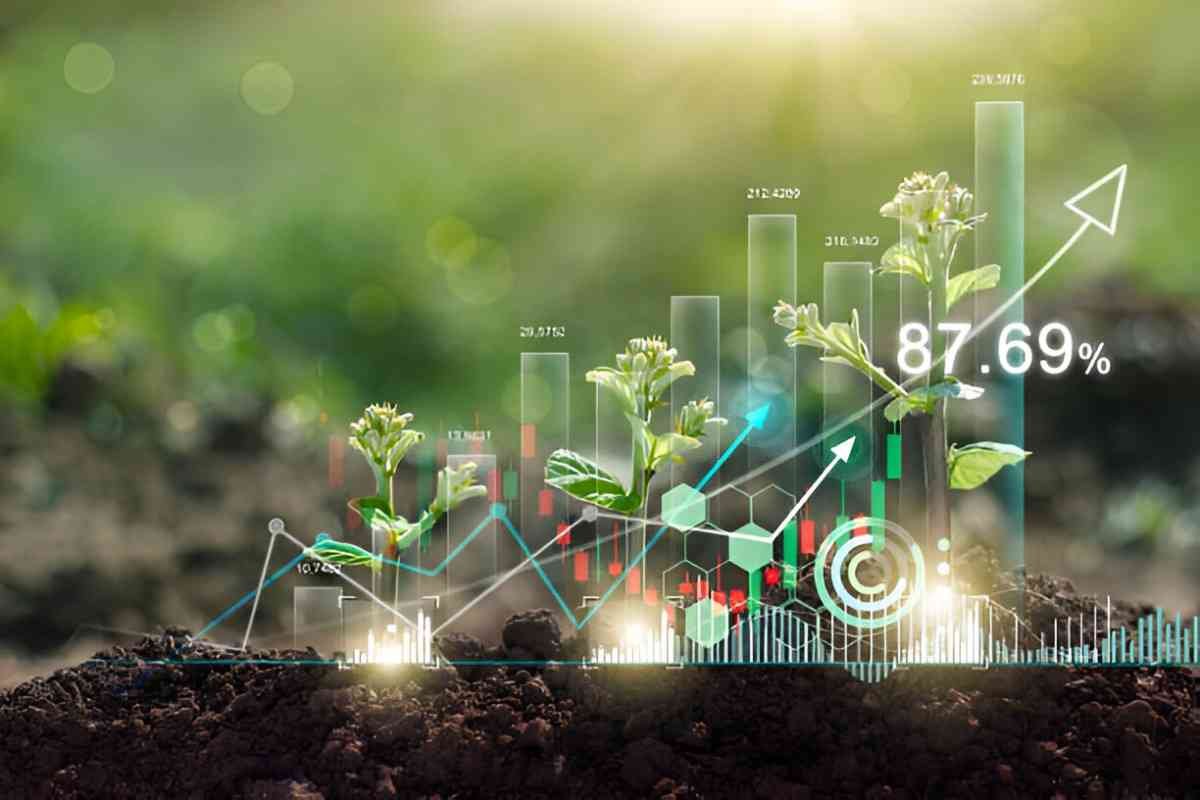As someone deeply involved in the financial and agricultural sectors, I have seen firsthand how produce brokers play a crucial role in connecting farmers, distributors, and retailers. Their work ensures that fresh fruits, vegetables, and other agricultural products move efficiently from farms to consumers. In this article, I will explore the intricacies of produce brokerage, their economic impact, pricing mechanisms, and the challenges they face.
Table of Contents
Who Are Produce Brokers?
Produce brokers act as intermediaries between farmers and buyers, facilitating transactions without taking ownership of the goods. Unlike wholesalers, who purchase and resell produce, brokers earn commissions by matching sellers with buyers. Their expertise lies in understanding market trends, logistics, and quality standards.
Key Responsibilities of a Produce Broker
- Market Analysis: They track supply and demand fluctuations to advise clients on optimal selling or purchasing times.
- Negotiation: Brokers secure the best prices by leveraging relationships with multiple buyers and sellers.
- Quality Assurance: They ensure products meet industry standards before transactions are finalized.
- Logistics Coordination: Brokers often arrange transportation and storage, though they do not handle the goods directly.
The Economics of Produce Brokerage
The financial dynamics of produce brokerage revolve around supply, demand, and price elasticity. The basic pricing model can be represented as:
P = \frac{D}{S} \times C_fWhere:
- P = Price per unit
- D = Demand
- S = Supply
- C_f = Commission factor (broker’s fee, typically 2-10%)
Example Calculation
Suppose a broker facilitates the sale of 10,000 lbs of apples where demand is high (D = 1.2), supply is moderate (S = 0.8), and the commission factor is 5% (C_f = 1.05). The price per pound would be:
P = \frac{1.2}{0.8} \times 1.05 = 1.575 \text{ dollars per pound}The broker’s earnings would then be 5% of the total transaction value.
Comparison: Brokers vs. Wholesalers
To better understand the role of brokers, let’s compare them with wholesalers:
| Aspect | Produce Brokers | Wholesalers |
|---|---|---|
| Ownership | No ownership of goods | Purchase and own inventory |
| Risk | Lower (no inventory risk) | Higher (market price fluctuations) |
| Revenue Model | Commission-based | Margin-based (buy low, sell high) |
| Flexibility | High (can switch markets easily) | Lower (tied to inventory) |
The Role of Brokers in Price Stabilization
Produce brokers help stabilize prices by balancing supply and demand. When a surplus occurs, brokers find new markets to prevent price crashes. Conversely, during shortages, they source additional supply to mitigate price spikes.
Case Study: The 2020 Lettuce Shortage
In 2020, adverse weather in California led to a 30% drop in lettuce production. Brokers mitigated the crisis by sourcing lettuce from Arizona and Mexico, preventing extreme price hikes. Without brokers, retail prices could have surged by over 50%.
Challenges Faced by Produce Brokers
Despite their importance, brokers encounter several hurdles:
- Price Volatility: Sudden weather changes or geopolitical events disrupt supply chains.
- Regulatory Compliance: USDA and FDA regulations require strict adherence to quality standards.
- Transportation Costs: Rising fuel prices increase logistics expenses, squeezing profit margins.
The Future of Produce Brokerage
Technological advancements are reshaping the industry. Blockchain for traceability, AI-driven demand forecasting, and digital trading platforms are becoming standard tools. However, the human element—trust, negotiation skills, and market intuition—remains irreplaceable.
Final Thoughts
Produce brokers are the unsung heroes of agricultural trade, ensuring efficiency and fairness in the market. Their work supports farmers, stabilizes prices, and keeps grocery shelves stocked. As global trade expands, their role will only grow in significance.





